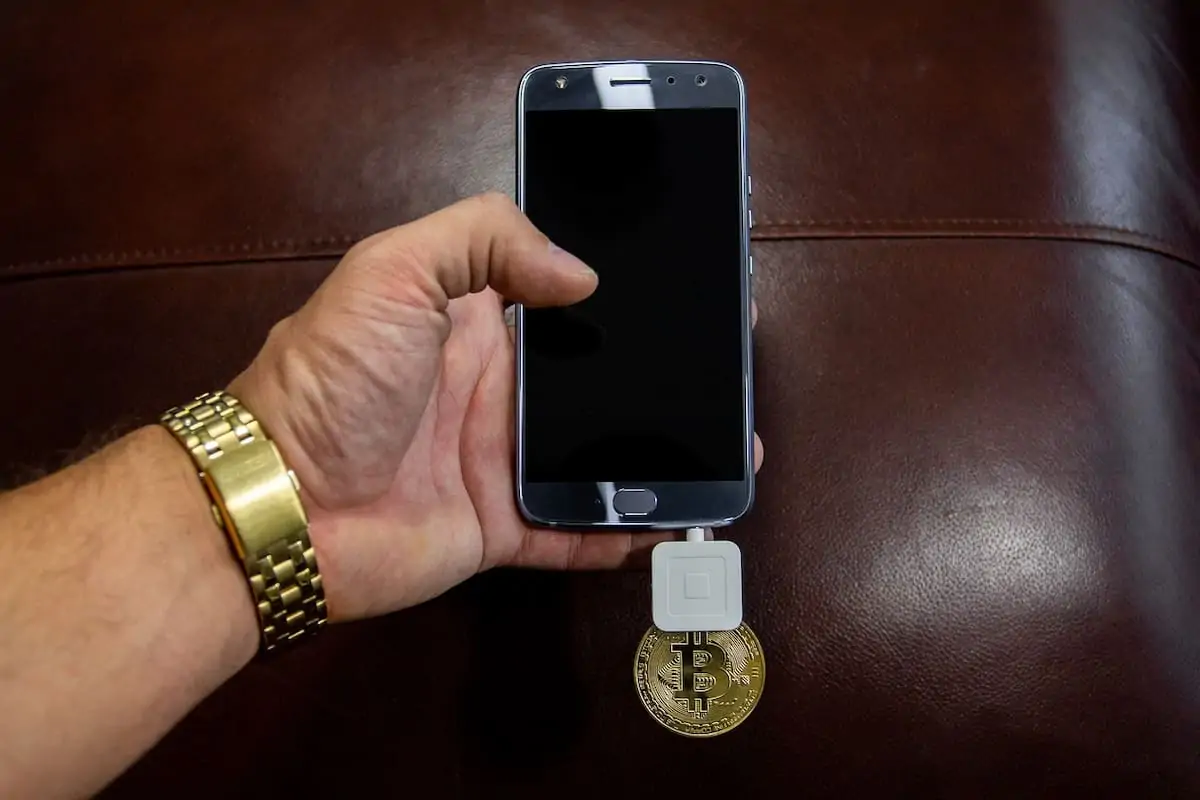Decentralized finance, acronym DeFi, became exceedingly popular in the summer of 2020, due to the exciting phase of bitcoin and other cryptocurrencies overshadowed the essence of how can decentralized finance revolutionize.
Undeniably decentralized finance is not new, but the application of decentralized finance in the financial segment was discovered very late.
The decentralized infrastructure is completely based on the technology of cryptocurrency. The first-ever cryptocurrency, bitcoin, established the concept of decentralized finance in the very first place. Bitcoin was developed by a Japanese inventor named Satoshi Nakamoto. Just like bitcoin, decentralized finance is also complexed on blockchain technology and peer-to-peer network.
There are several models present in the decentralized finance industry which can potentially change the financial segment. Still, the question is whether decentralized finance impacts the financial segment or not.
Below is everything you should know about decentralized finance, and it can change the financial segment, so without wasting any further ado, let’s have a glance on understanding decentralized finance as a concept.
Underline DeFi!
The finance segment is known for adopting the new technology at the very first instance. You might be familiar with the fact that you are allowed to transfer funds from one bank account to another commencing technology.
Decentralized finance correspondingly utilizes the new technology, but the dynamic of decentralized finance is much different from the traditional banking system. Decentralized finance as cryptocurrency is correspondingly devoid of third parties and intermediators.
Federal banks and financial authorities of any region control the financial segment of any nation, but these federal banks cannot regulate these financial segments. To sum up, there are nominal restrictions on decentralized finance and these systems do not follow the rules specified by government authorities.
As established ahead that decentralized finance is complexed on the blockchain technology, the blockchain technology underlies distributed ledger technology. Distributed ledger technology demonstrates that the public database cannot be stored in a single vault, and this distributed ledger is stored on the computing system named as nodes.
Blockchain was meant to increase the security of a system alongside transparency as everyone can access the blockchain.
Blockchain technology is interrelated with the peer-to-peer network. Peer to peer network is an essential component of the decentralized network as it assists decentralized finance in sustaining political independence.
Several layers present in decentralized finance, such as the settlement layer, assessment layer, and few other layers, which make it robust in contrast to the traditional finance system. The component of decentralized finance includes peer to peer network, a blockchain, and several other technical protocols.
Can Decentralized Finance Revolutionize The Financial Segment?
Undeniably, decentralized finance is an exceedingly potential industry, but the application of decentralized finance alongside its distribution in the marketplace is much less in contrast to the traditional finance system. All the more decentralized finance is currently in the evolution phase as there are several bumps in the decentralized finance.
Recently the biggest heist in decentralized finance occurred as a hacker stole more than $600 million from a decentralized finance network named poly network. The poly network allows you to migrate cryptocurrency from one blockchain to another public ledger.
The hack demonstrates political independence of this digitized system is correspondingly a drawback. A balanced approach towards decentralized finance with full security can evidently change the financial segment.
It is pretty much evident that decentralized finance cannot change the financial segment as traditional finance is trusted by most people, and decentralized needs to get recognized amongst everyone.
Decentralized finance’s contract value has halted the price of $40 billion, which demonstrates decentralization is growing at an enormous pace, and if utilized properly, it can potentially change the financial segment.
Peer to peer lending
Peer-to-peer lending is the utmost comprehensive application of decentralized finance. Peer-to-peer lending has assisted several individuals in growing money by loaning to individuals and businesses. Peer-to-peer lending platforms are subjected to a huge user base where individuals and businesses can ask for money from the user.
You can check the credit and personal details of the users to whom you want to loan money. Peer-to-peer lending correspondingly offers a considerable interest in the form of crypto or fiat depending upon the peer-to-peer lending.
Some Applications of Decentralized Finance in Several Industries!
Decentralized finance is applicable in almost every industry, and every industry is subjected to the application of decentralized finance at the instance.
Monetization Gaming Industry
The gaming industry is one of the gigantic industries with a huge user base, and the online gaming industry is the utmost essential component of the gaming industry. Blockchain gaming is the hottest subject in the online gaming industry, and blockchain gaming is correspondingly an application of decentralized finance as it is also complexed on blockchain and peer-to-peer networks.
There are several blockchain games in the industry that allow you to earn a gigantic amount of money. The fact might amaze you that blockchain gaming offers you an earning potential of almost $1200 per month; all the more gamers from developing countries have quit their jobs to earn such an amount of money. The play-to-earn model underlying the decentralized technology leads to monetizing the gaming industry.
The actual state of decentralized finance
As mentioned above, decentralized finance is growing in the financial segment at an embraced phase. But it is still insignificant in contrast to the generalized financial segment. Decentralized has introduced stable coins as every institution underlying decentralized finance offers stable coin as a currency.
The basic concept of a stable coin is similar to cryptocurrency, but these points are devoid of volatility. Most of the stable coins are tether backed up by fiat currency. The contract value of decentralized finance is on a roll, but the system is still equipped with ample laws, and these claws need to be fixed for a better-decentralized ecosystem.
In a nutshell, decentralized finance has a high potential ceiling that is used adequately. It can revolutionize the financial segment.

